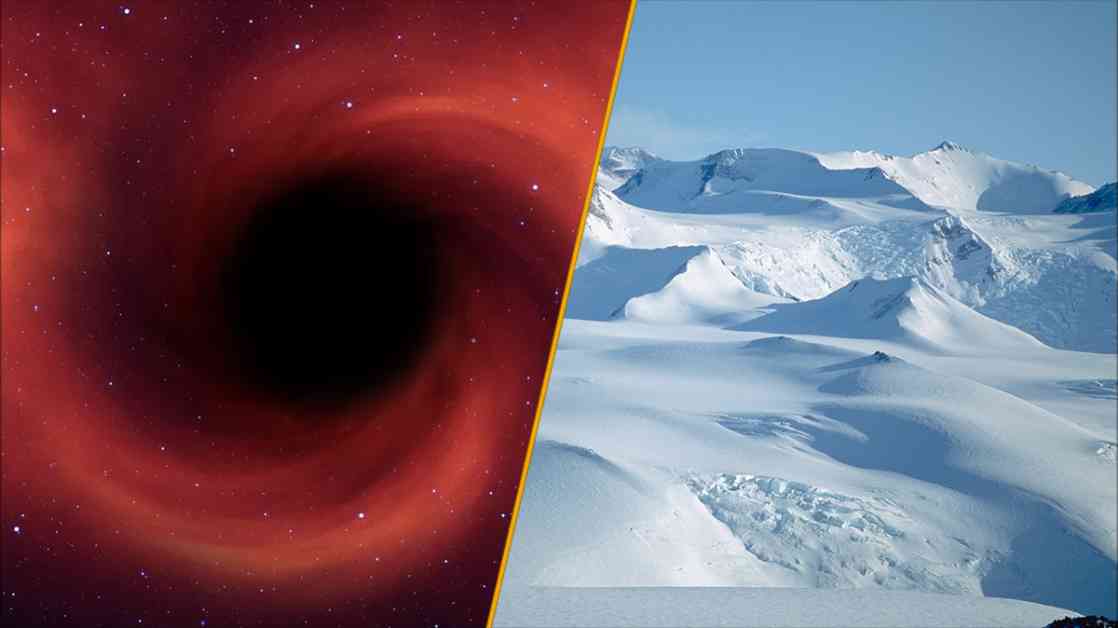In this week’s science news, the Earth’s seemingly unchanging crust has revealed its dynamic nature, with surprising movements beneath our very feet. From the Sierra Nevada mountains to the Cascades, and even as far as the oceanic plate beneath Iraq and Iran, the Earth’s crust is in constant motion, reshaping the landscapes we know.
Hidden ‘Plumbing’ Under Antarctica
Beneath the icy expanse of Antarctica lies a hidden network of water channels that play a crucial role in determining the speed at which the continent’s ice sheets slide and melt. This intricate system of subglacial water flow serves as a lubricant for the ice, affecting the overall stability of the ice sheets.
By integrating sophisticated computer models for glacier drainage and ice sheet movement, scientists have been able to predict the flow of water beneath the ice with remarkable accuracy. These models have not only identified the locations of known subglacial lakes in western Antarctica but also shed light on potential areas at risk of rapid melting due to subglacial water interactions.
‘Impossible’ Black Holes
The mysteries of the early universe have captivated astronomers for years, particularly when it comes to the existence of supermassive black holes that defy conventional explanations. Recently, observations from the James Webb Space Telescope have unveiled the presence of supermassive black holes that challenge our current understanding of cosmology.
These enigmatic cosmic entities, growing at an unprecedented rate in the nascent universe, have spurred scientific curiosity. In a groundbreaking proposition, researchers have suggested that clumps of dark matter—traditionally known for its gravitational interactions with matter—could hold the key to unraveling the mysteries of these ‘impossible’ black holes.
1.4 Million-Year-Old Jaw Discovery
A fossil discovery dating back 1.4 million years has sparked intrigue among archaeologists and paleontologists, leading to the identification of a previously unknown human relative. Found in a South African cave, the distinct jaw bone with unique molars has been determined to belong to the genus Paranthropus rather than Homo, challenging our understanding of human evolution.
This jawbone, once thought to belong to the Homo genus due to its antiquity, has opened up a new chapter in the study of human ancestry. Through meticulous X-ray analysis and comparative studies, scientists have unveiled a new piece in the complex puzzle of human evolution.
As we navigate the complexities of the Earth’s geology, the hidden realms beneath Antarctica’s ice, and the cosmic enigmas of ‘impossible’ black holes, the world of science continues to offer a tapestry of discoveries that push the boundaries of our knowledge. From the depths of our planet to the far reaches of the universe, each revelation serves as a testament to the endless curiosity and ingenuity of human exploration.










